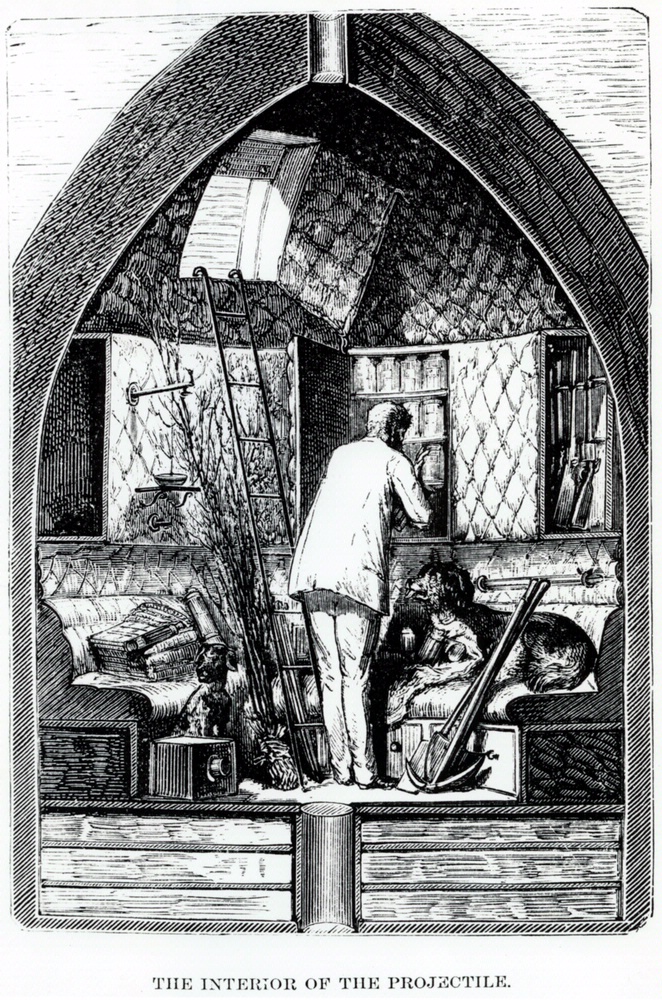Culture
"Air-mindedness" was a movement to make Americans conscious of the airplane and of a new air age that it would bring about.
During the early flight period, World War I, and on into the 1920s and 1930s, the famous flights of Calbraith Perry Rodgers, the Army Air Service and the U.S. Navy, Bessie Coleman, Charles Lindbergh, Jimmy Doolittle, and other pioneering pilots represented the cultural acceptance of the airplane from an entertaining novelty into an instrument of commerce, a weapon of war, and a vehicle for spectacle. In response, a significant portion of Western culture, primarily in the United States, embraced a new form of technological enthusiasm called "air-mindedness." To be airminded meant the zealous support of aviation to bring about the next great era in human civilization, which many people called the "Air Age."
Enthusiastic individuals and groups of all ages expressed their air-mindedness in different ways. Pilots pushed the new frontier by breaking the boundaries of time, distance, and space, and became heroes celebrated on radio and in the cinema newsreel. In everyday life, the airminded public purchased household goods influenced by streamline design, gave aviation-related toys to their children, and built flying models of their favorite aircraft.
 Model Airplanes
Model Airplanes
Building model airplanes became widely popular during the 1920s and 1930s. It enabled young people to be “air-minded” and to share in the excitement of aviation while developing craft skills and creativity.
 Early Science Fiction
Early Science Fiction
As the ideas of visionaries and promoters spread during the 1920s and 1930s, science fiction writers, filmmakers, and others used new forms of popular media to showcase the possibilities of space travel. Especially noteworthy are some of the realistic space science fiction films of that era. In some cases, rocket pioneers served as technical experts to assure scientific accuracy. The idea of space travel by rocket even influenced popular music.

The dynamic look of streamlined aircraft captured the imagination of industrial designers, who translated that look into a new design expression. They borrowed motifs from the airplane’s curvilinear appearance and incorporated them into railroad locomotives, automobiles, architecture, appliances, and household objects.





